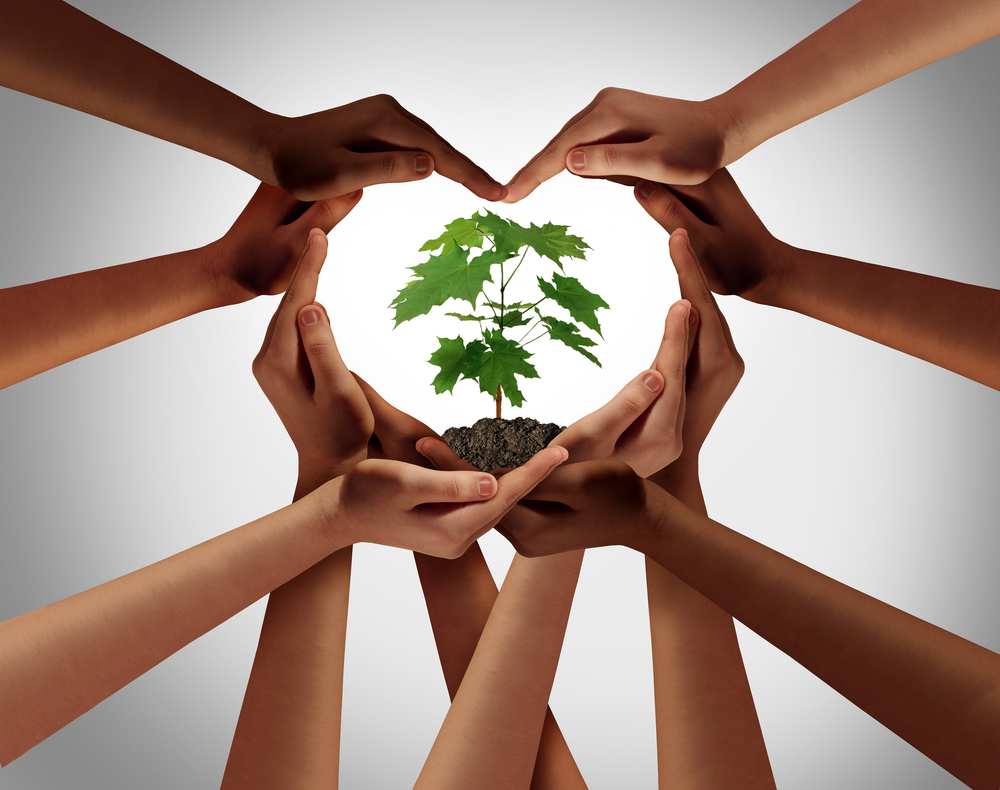Building Community Climate Resilience
Local communities come together to recover from disasters. It is human nature to help when we see others in distress. We’ve all seen it dozens of times. Strangers pitch in together and lift a car that has pinned a woman. People go door to door after a hurricane to find those who need assistance. The young and strong carry fresh water to the old and infirm. Research shows that when the unexpected strikes, we cooperate better and act more quickly when we have strong connections with the people, from neighbors to government officials, who share our landscapes.
What is a community? It’s your family and extended family. But whether by choice or happenstance, many have no biological family nearby. Then it’s your family of choice – the friends and colleagues who populate your life. It might be members of your church or a club you belong to. It could be the neighbors in your building or on your block, or the larger community of your village or town. The point is we all need communities… especially now. So cultivate them. Ongoing resilience depends on strengthening social ties.
It’s a good thing that folks collaborate instead of competing during a crisis because all signs point towards an increase in climate-caused disasters in the coming years. There’s no better way to respond to disasters than to anticipate them and prepare before they strike. There’s no better time than right now to build resilience together.
According to the National Oceanic and Atmospheric Administration (NOAA), since 1980 there has been an average of six disasters ($1 billion or more worth of damages) annually in the United States. This number nearly tripled in the past four years. In 2017 alone, 16 climate-fueled disasters left the country with a death toll in the thousands and $300 billion in damages.
Vibrant and proactive civil society groups play a vital role in developing community resilience, particularly in the face of our climate crisis and increased disaster risk. Without social cohesiveness, communities have more difficulty recovering from a disaster. Increasingly frequent and devastating disasters are already baked into our climate. Resident-led initiatives to build resilience in their own communities are gaining momentum.
We can’t afford to let the enormity of the problem stop us from taking action. We must examine the situation through a social, economic and political lens. To grapple with what the future will bring, and how we can best prepare for those events, people need to think through their specific situations and what they can do in their local communities to minimize the damage and the time needed to recover.
If you live near the ocean on low lying land, maybe you get together with neighbors to plant green infrastructure designed to absorb water and resist storm surge. If you live in a wildfire zone, perhaps you create a community work group that implements fire prevention actions to clear vegetation and fireproof home exteriors. What you do depends on where you are and the likely threats you face. The common denominator is building community with those who are facing the same dangers.
The best thing we can do to establish climate resiliency is to cultivate closely knit, organized and empowered communities. We can build the abilities to bounce back quickly after a catastrophe, and be better able to demand the resources we need. Through the process of increasing our collective resilience, we will not only be better positioned to survive disasters, but also to rebuild our homes, our lives and our communities.


